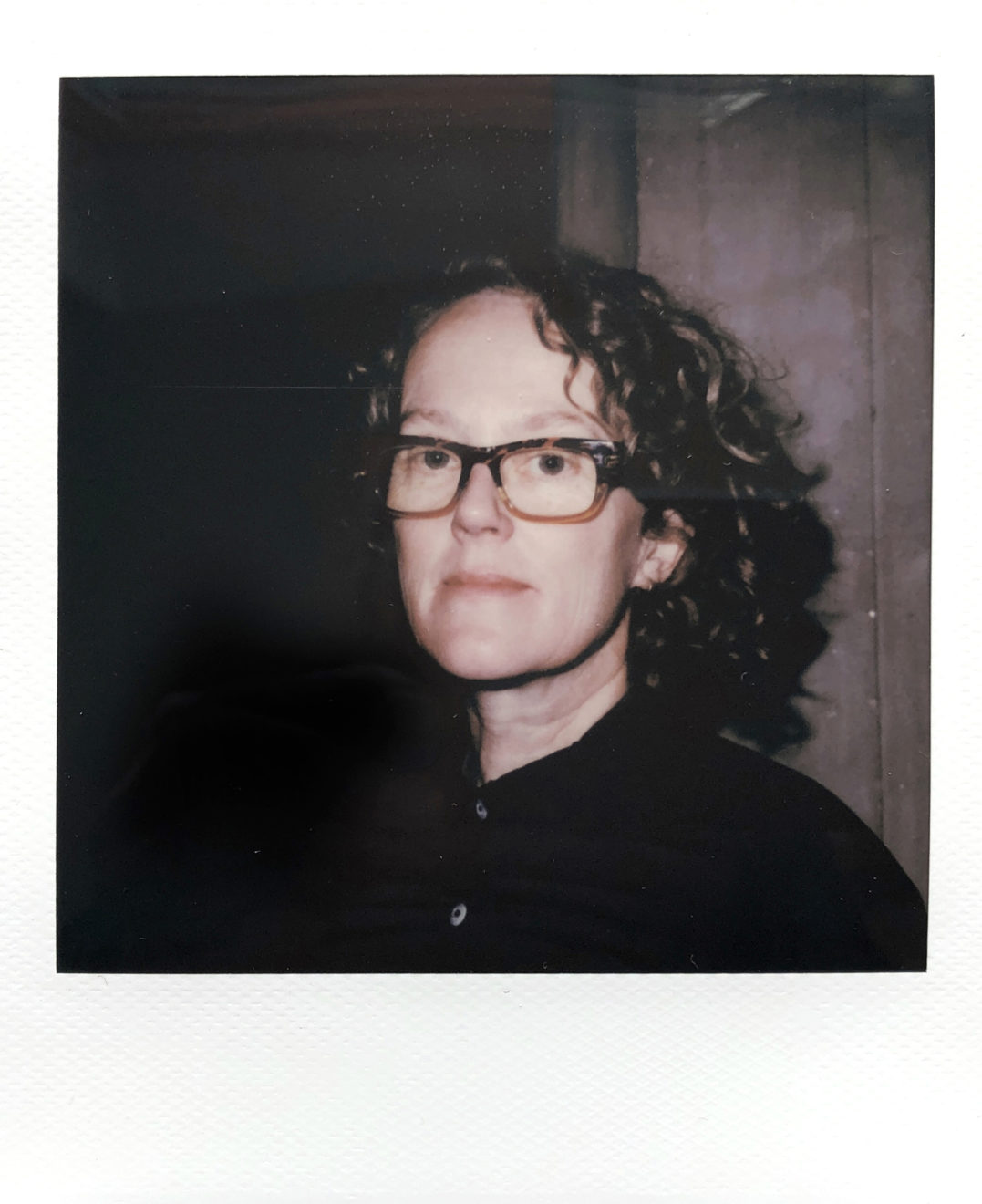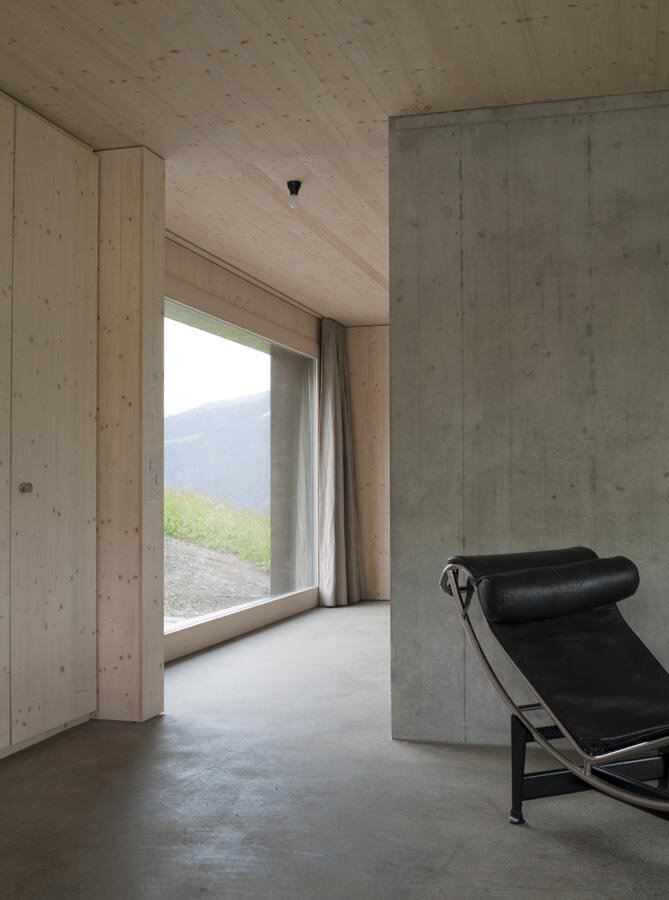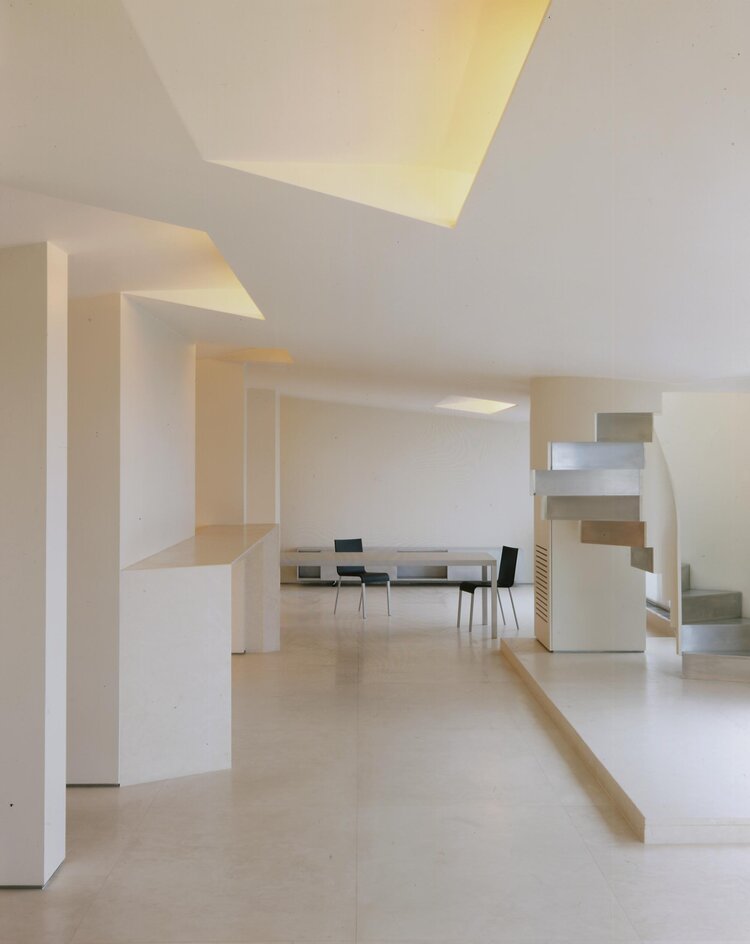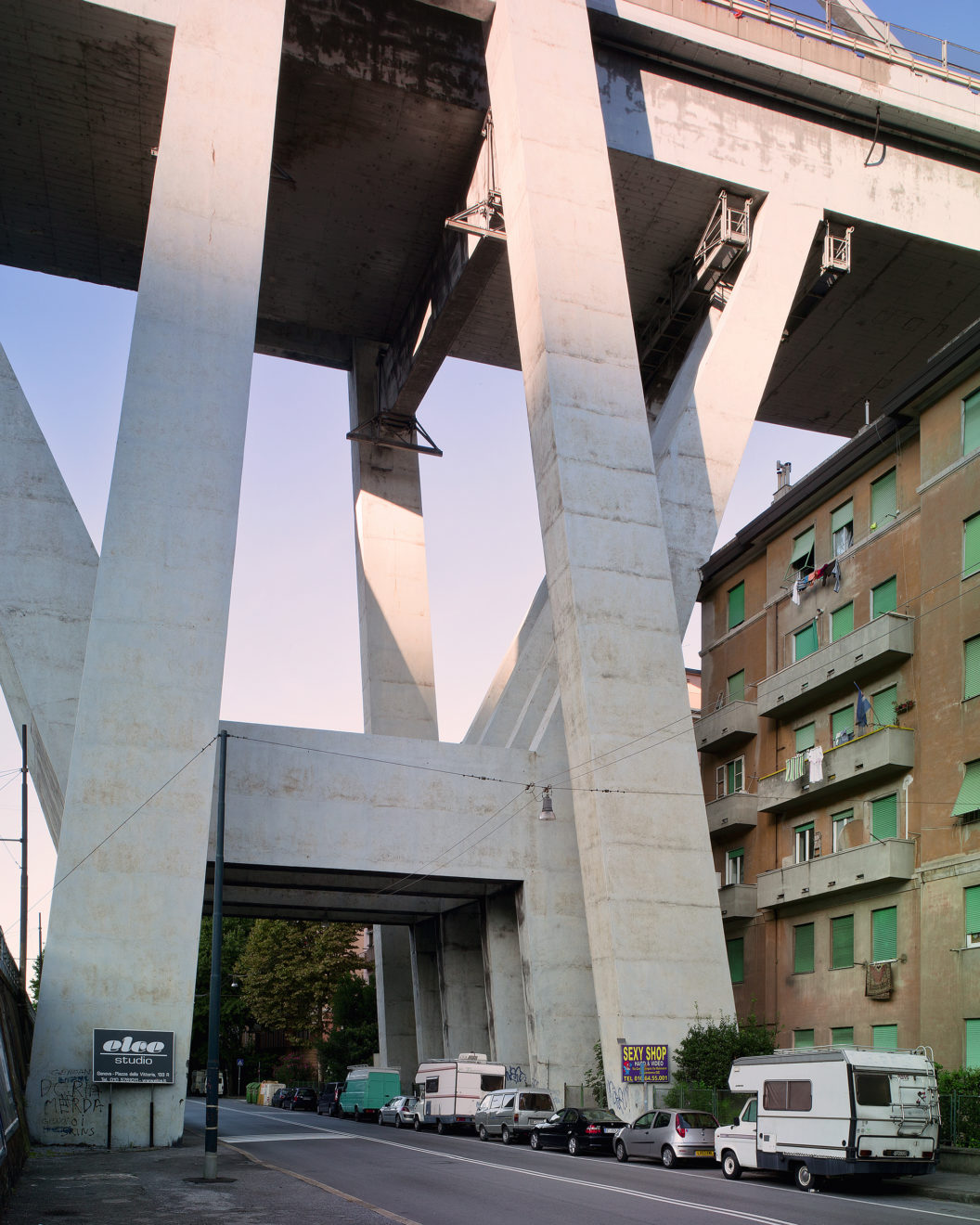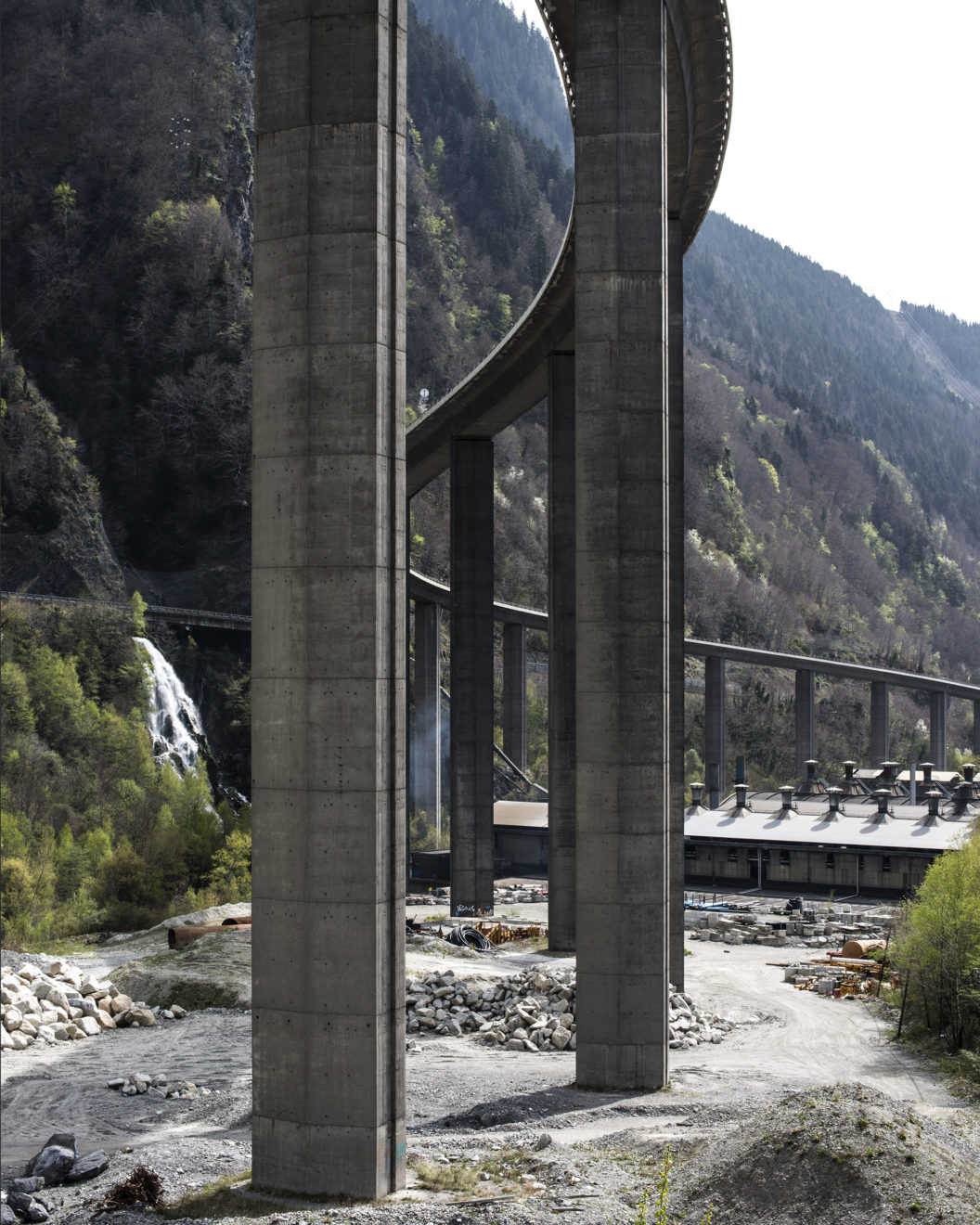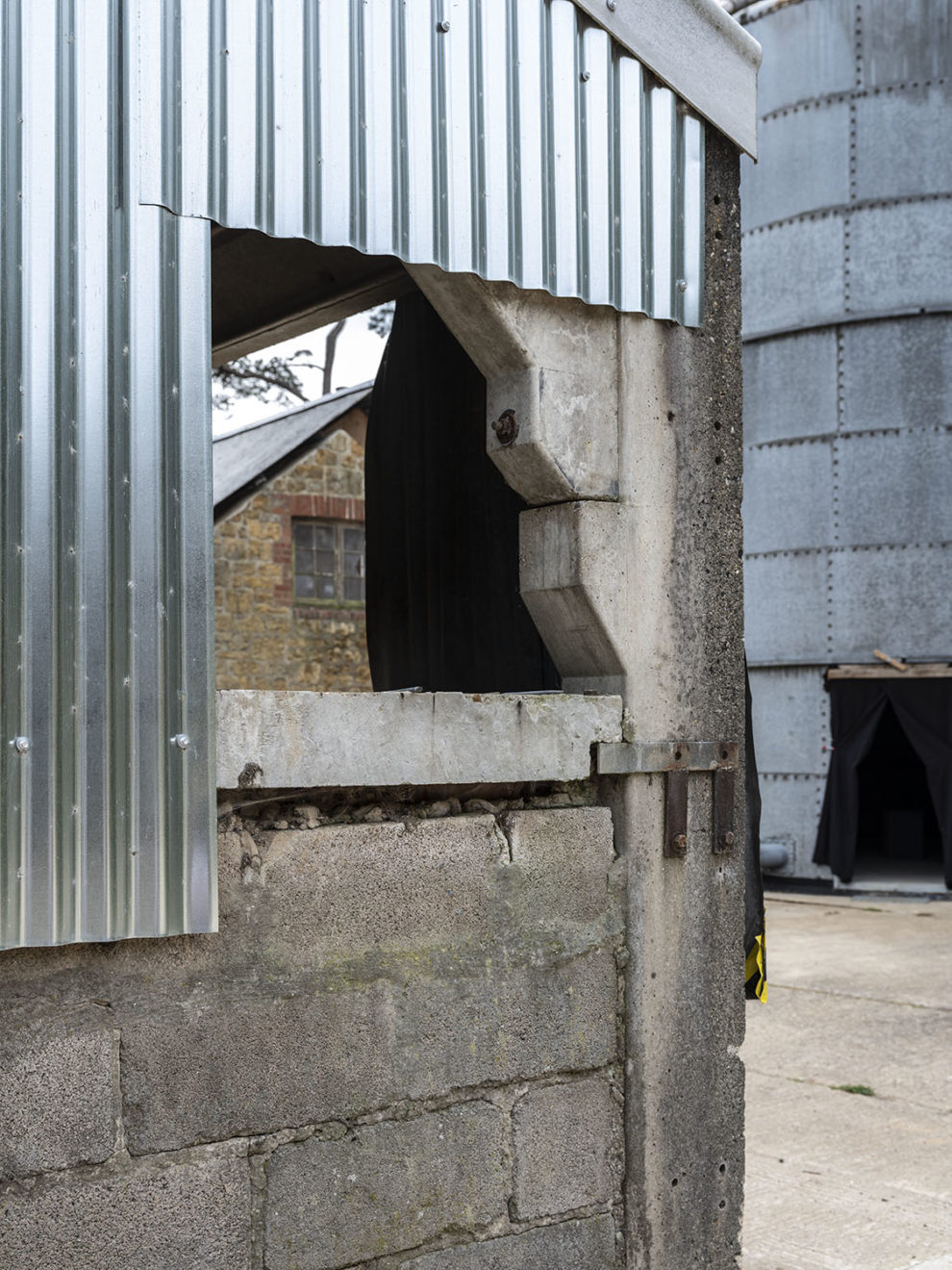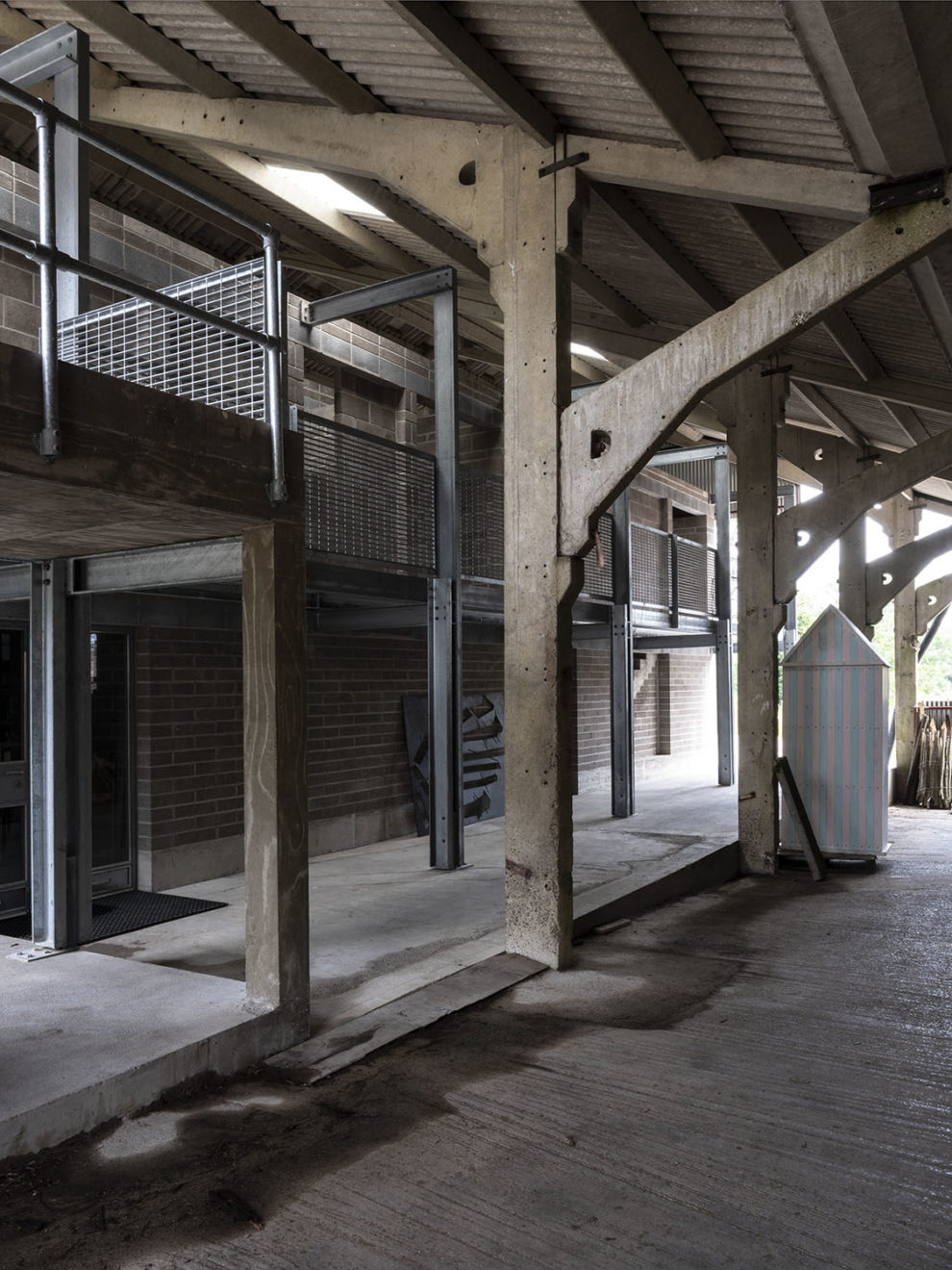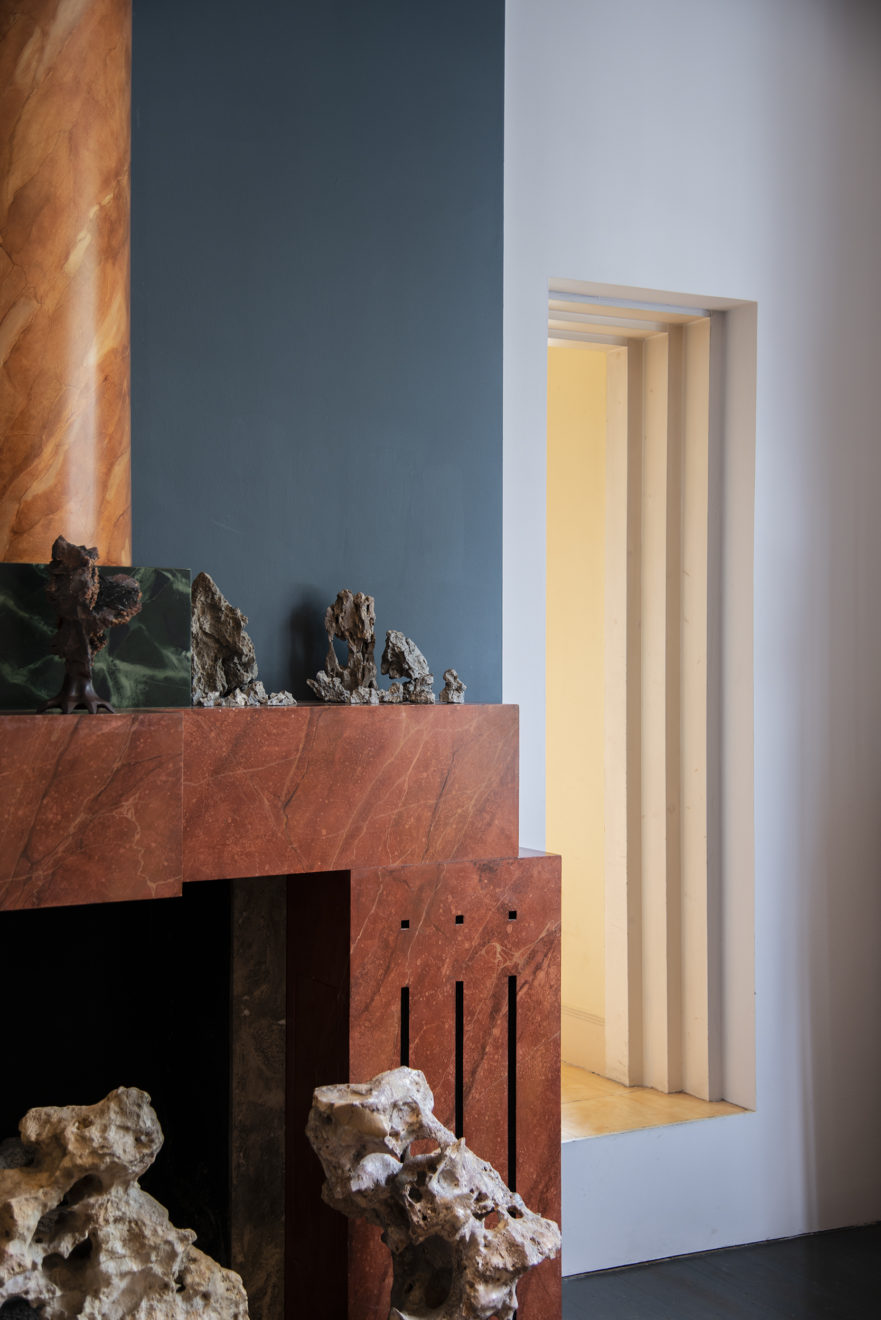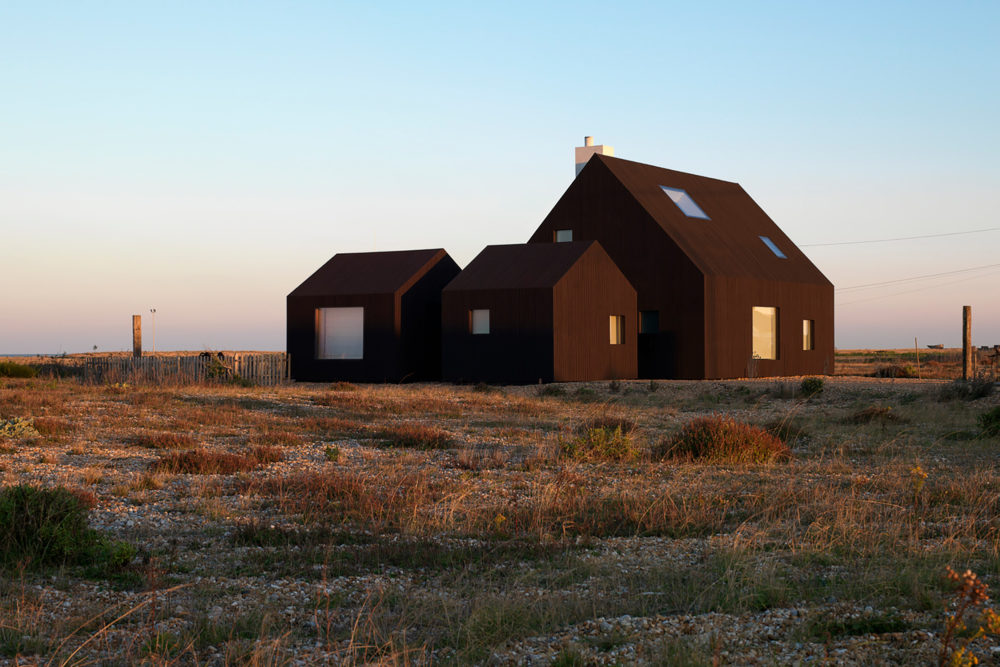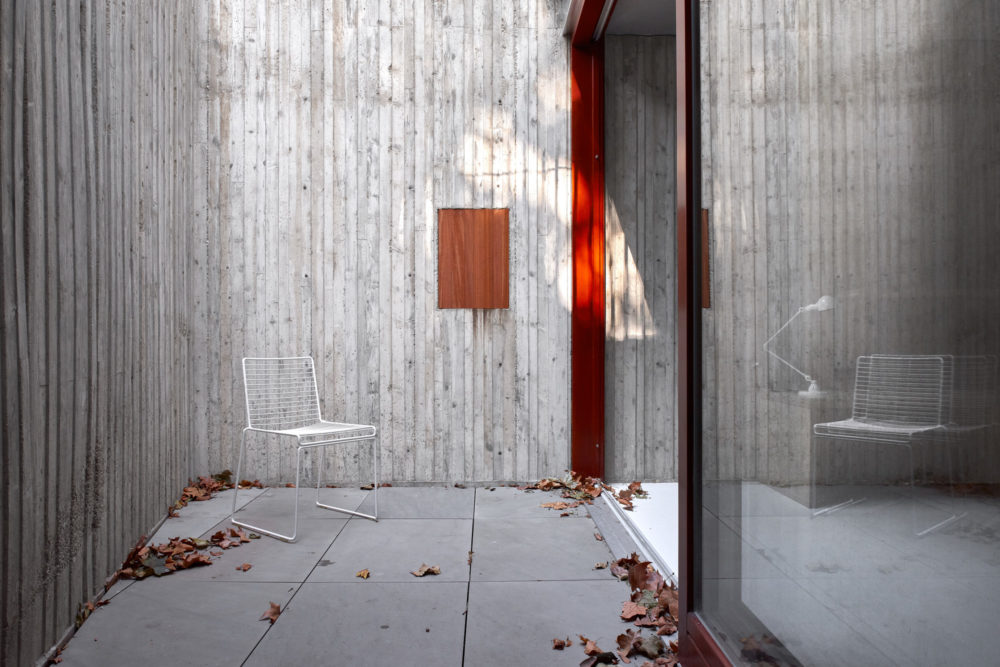Sue Barr
As well as working and exhibiting internationally, Sue Barr is Head of Photography at the Architectural Association and has a PhD from the Royal College of Art. Her dual roles, as both educator and artist, provide her with a unique perspective on not only the broad sphere of architectural photography, but architectural photographs themselves, and what they can be when they are not limited to a singular industry or standard. We caught up with Barr between trips to discuss how her role at the AA may influence her work, what started her own interest in photography, and what inspired her latest series, Architecture of Transit.
I got into photography really young, when I was about 14. Something really grabbed me about cameras and pictures – I don’t really know where it came from. My dad built me a darkroom in the house and I found being in it the most magical experience. I would spend hours in there, and fell in love with the whole process of taking pictures. At the time, I didn’t realise the breadth of ways there were to photograph, or to be a photographer, so ended up doing work experience at our local newspaper.
I then did a two-year photography foundation course in Worthing, before going to the London College of Printing. In those early days I wasn’t really sure about architecture, and was more influenced by music – record sleeves and band photography. The course in Worthing was valuable as it taught me the technical side of things, but also opened up for me what photography could be – you don’t have to be a translator of reality but can actually use photography to be much more creative and experimental.
The advantage of education is that it can give you a different idea of what photography can be and the space to experiment within that, whereas if you go straight into industry you can end up working in a much more practical, hands-on way, potentially in quite a narrow field. So, it depends on what type of photographer you want to be.
I do think it’s good to have some sort of education, to keep all possibilities open for as long as possible. Even though I teach in a school of architecture, I don’t necessarily teach photographing architecture, as I believe it’s important as a photographer to learn to see, and to think, and to train your eye – that’s the stuff you need to teach people when they start out.
I find being a teacher is really useful because it means you have to keep yourself up to date; you have to be aware of what other artists are doing, and be informed within your practice. When you’ve been practising for a long time, you take it for granted that you instinctively know how to do things. Having to explain certain things to students on a basic level can help you in your own practice, as it feeds into how you think about making an image yourself. One has to keep educating oneself throughout their work, whether that’s sitting in a lecture or reading a novel – keeping your brain ticking and exposed to new things is important.
I really enjoy driving, or taking the train, as it’s a great way to see things while you travel. Architecture of Transit came from spending a lot of time in Europe, on a big project on houses from the 1970s (The 70s House. Published by Wiley).
We spent a lot of time on the road, and so saw this architecture that’s not only ignored from architectural discourse but from wider cultural consideration. A road, or bridge, or motorway is almost invisible – so ugly or banal that people don’t even see it.
When I was in Naples for that project, I got excited about the topography and the intensity of the city, and how the infrastructure works around it. It slowly developed into a more theoretical consideration of it. Whilst I’m not a theorist, or hugely interested in theory as a way of defining my work, I am interested in conversations around architecture and space, and I want to make work that contributes to that. To me, highways are essentially an ignored building type, but there is expression and beauty in them, if you stop and look.
In the thesis that goes with the project I talk about how this motorway’s architecture starts in Rotterdam and finishes in Portugal – conceptually it’s one piece of architecture that goes from north to south. Some of the time its buried, at others it rises up to cross mountains, but you can never see it in its entirety.
I like the slowness of using a large format camera and a ground glass screen – with the cloth over your head you’re in this little magical world, looking at the detail of what’s in front of you, but it’s upside down. It makes you really think about your composition and how perspectives work; you read it in a different way, afresh, which really influences the work. Slowness as a way of working is really important to me. As much as I love analogue, I do shoot – and love – working digitally as well.
I try not to separate the two, and I think that I’m lucky in that I often get to shoot for architects whose work inspires me. For example, I photographed a project for Clancy Moore recently, which blurred the lines between my personal interests and commercial work. They had renovated an old concrete farm building for Drawing Matter, turning it into a workable space for education and performance. I have a soft spot for concrete(!), so I was very much on board with the materiality of the project. But then also the ideas around reuse, the crossover between the industrial and the public, and the spatial considerations that throws up.
Equipment wise, I often take the same approach, depending on what I’m photographing. If I’m shooting a lot of exteriors and the buildings are quite big I used a Silvestri. I always use a medium format digital camera for interior work.
I think it is instinct; I know when the image is right. But that’s not particularly useful to anybody! And it’s not particularly useful when you’re teaching either. You learn to read a space in a certain way, the way in which an architect may intend it to be read, but also there are views through spaces that show something new. I try not to shoot all of the spaces, all of the time – I’m not interested in capturing everything in that way. When you’re asked to photograph a building you have to fulfil the commission, of course, but I am also employed to give my interpretation of the space or building – a fresh eye is really important.
Charles Jencks’ Cosmic House is a good example. There’s a famous fireplace in there by Michael Graves – it’s an extraordinary terracotta colour – but I didn’t want to shoot the entirety of the fireplace. I think you understand the complexity of the space more if you see slightly less of the fireplace, and through to the back of the kitchen. The aperture is then staggered, which highlights the spacial connections more than just an image of a fireplace. It’s a dance between what the architect wants, what you want to show, and answering the conundrums that the building challenges you with.
The photographers that I love are not necessarily working in the field that I work in, so they influence me in an indirect way. Brian Schutmaat is my favourite photographer but he shoots American landscapes. I like a lot of German photography, like Elgar Esser – who’s slightly under the radar within the Düsseldorf School – and the minimalist style of Ulrich Wüst.
Don’t work for free. It’s really tempting when you start out as you try to get your portfolio together and make contacts, but I fundamentally believe that if you’ve got a young student doing some work for you, you’ve got to pay them for their time, out of respect. Know about buildings and keep yourself informed. Unlike a lot of other disciplines, architecture has a lot of theory and opinions, with plenty of politics and opposing ideas – knowing where you and your work sits within that discourse is really useful.

